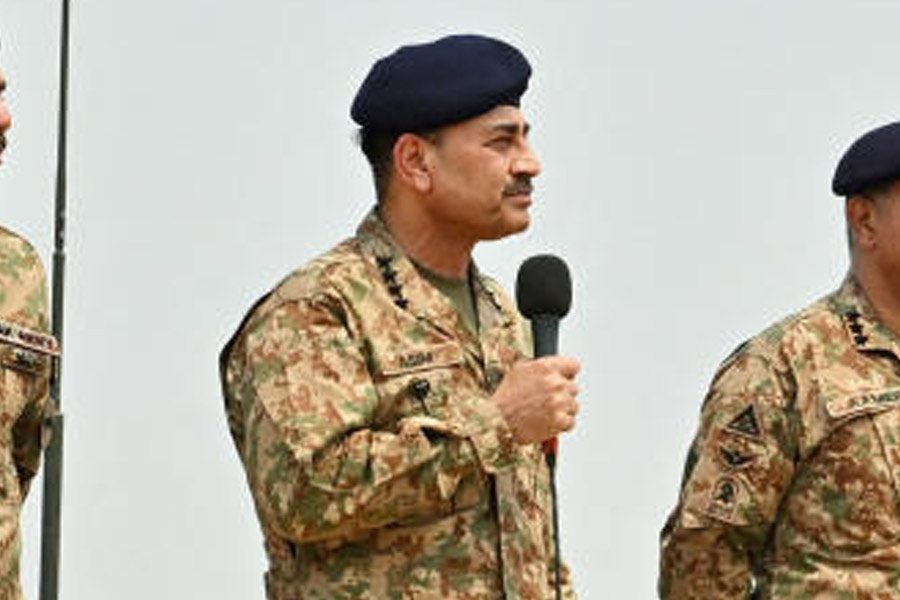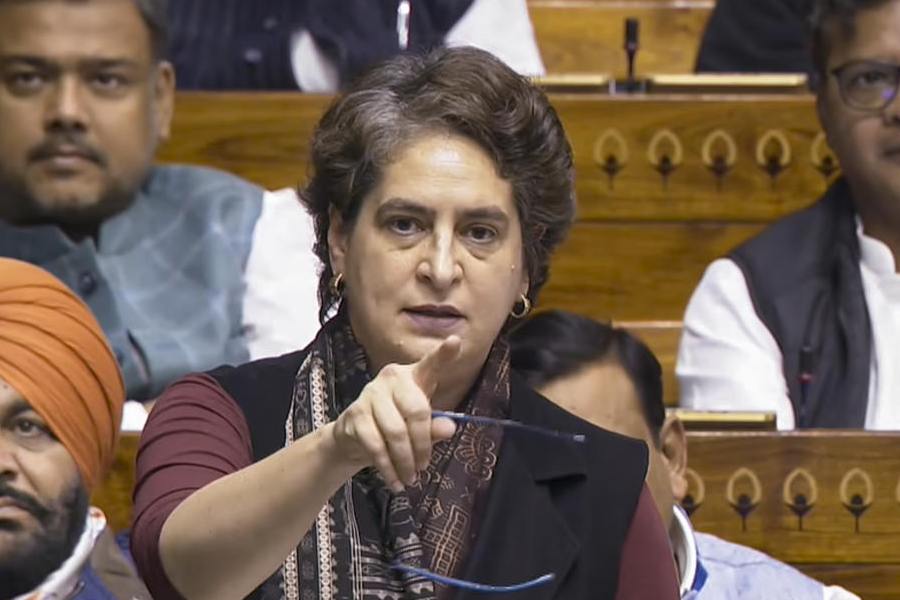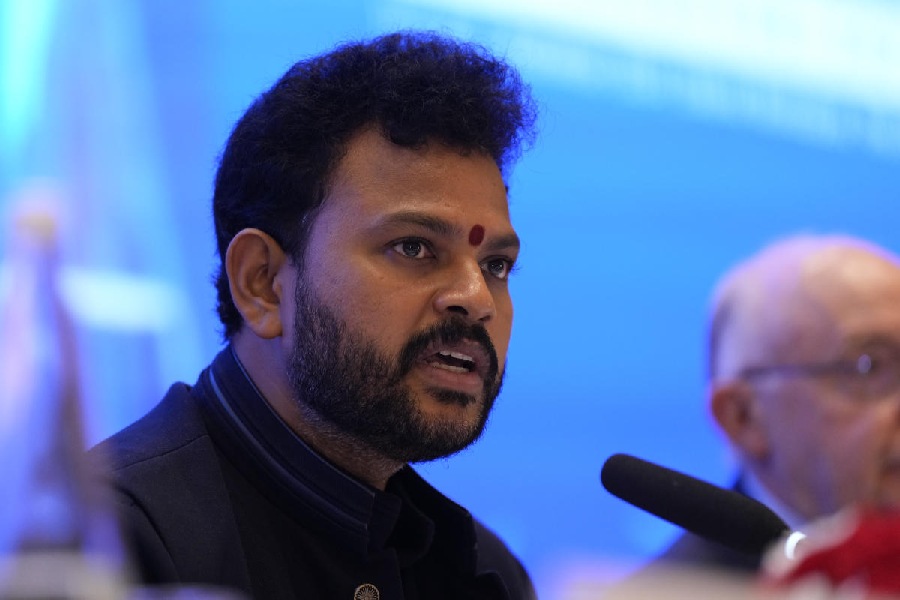New Delhi: The government's spending on the rural job scheme increased 10 per cent in the last fiscal despite a matching decline in the number of beneficiaries because of deletion, challenging claims that weeding out bogus card-holders helped cut down on expenditure and pointing to the lack of jobs in rural areas.
After verification, the government struck off the names of 1.62 crore job card-holders under the Mahatma Gandhi National Rural Employment Guarantee Act (MGNREGA) in 2017-18. However, the expenditure on the scheme that provides up to 100 days of unskilled work to every rural household a year increased from Rs 58,063 crore in 2016-17 to Rs 64,144 crore in 2017-18, according to official data.
The increase in expenditure despite a decrease in the number of beneficiaries pointed to card-holders seeking more work under the government scheme, as a result driving up the expenditure because of a spike in wage payment. Sources said beneficiaries were doing more work under the MGNREGA because of the lack of jobs in rural areas despite the Narendra Modi government riding to power on the promise of employment generation.
The deletion of the names of bogus beneficiaries was done following a door-to-door survey by the rural development ministry. Of the 13 crore job card-holders, 1.62 crore were found to be either non-existent, deceased, having migrated to other areas, idle for long or possessing more than one card.
The NDA government has claimed to have saved Rs 50,000 crore on welfare schemes in 2014-15 and 2015-16 through direct benefit transfer, under which the wages are deposited in the bank accounts of the beneficiaries, and by linking Aadhaar to the bank accounts that helped reduce fraud.
Social activist Nikhil Dey said wage payment under the MGNREGA was done through direct transfer of money to the bank accounts of beneficiaries in most cases when the UPA was in power too.
"It is interesting that despite claims of the deletion of more than 10 per cent cards, the expenditure increased.
"Let the government give details about the beneficiaries, such as their names, addresses and if they had at all worked under the scheme," Dey said.
He cautioned against Aadhaar-based biometric authentication of card-holders to allow them to work as "workers' finger impression gets damaged because of manual labour".
"Such authentication will deny work to genuine workers," Dey said.
The MGNREGA data showed the average days of work generated per household was 45 in 2017-18. The performance of the eastern states was the poorest. The average days of work provided per household was 29 in Assam, 36 in Bihar, 41 in Jharkhand and 40 in Odisha. Bengal was one of the best-performing states with 59 days of work provided on average in 2017-18.
The eastern states were also lagging behind the other states in completion rate of work undertaken under the MGNREGA.










